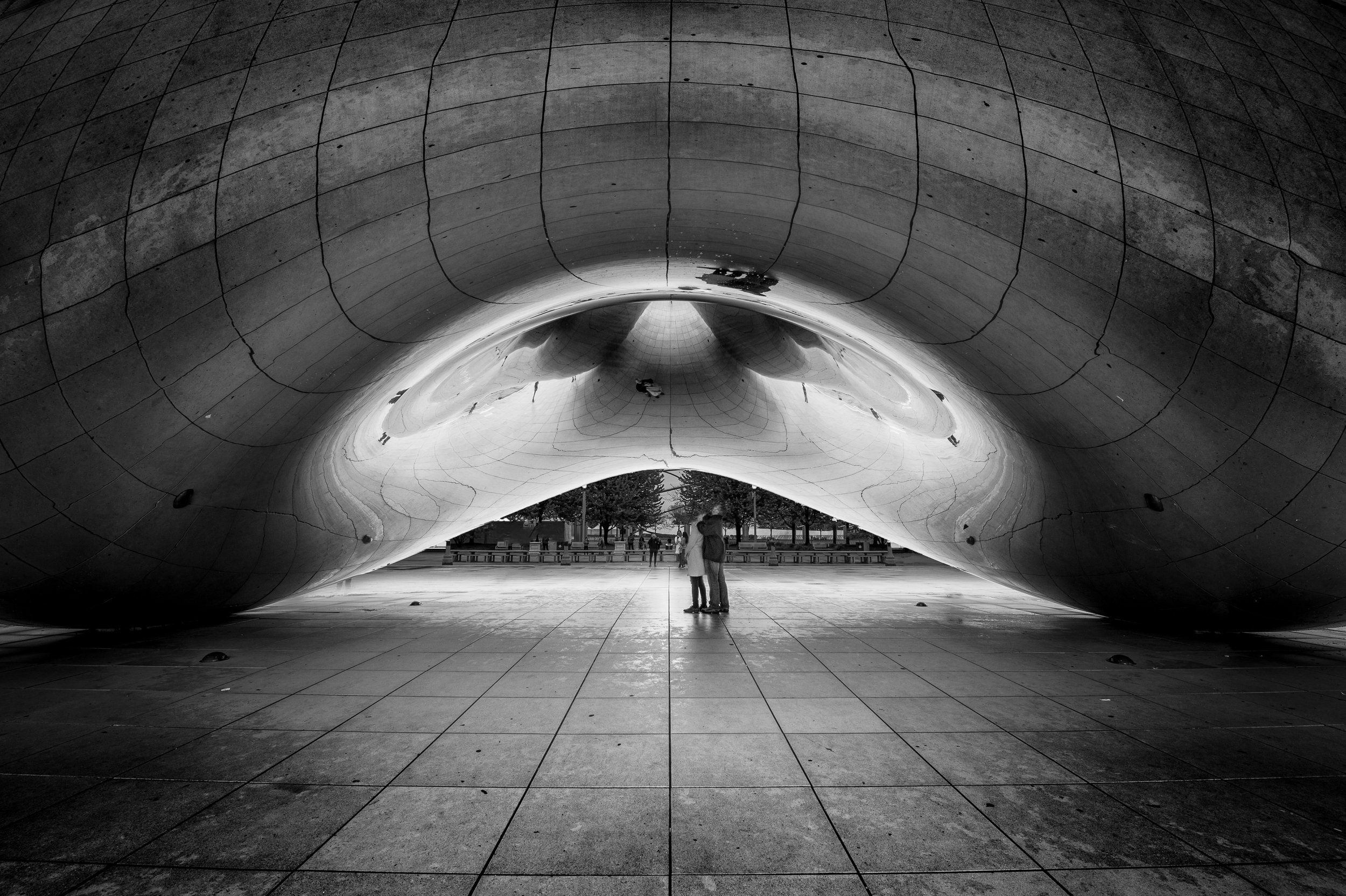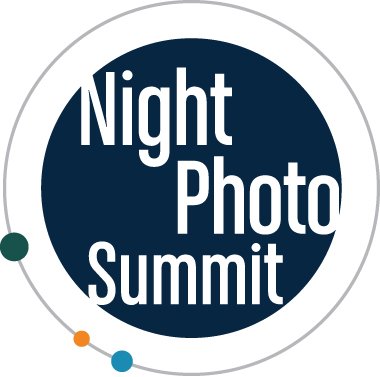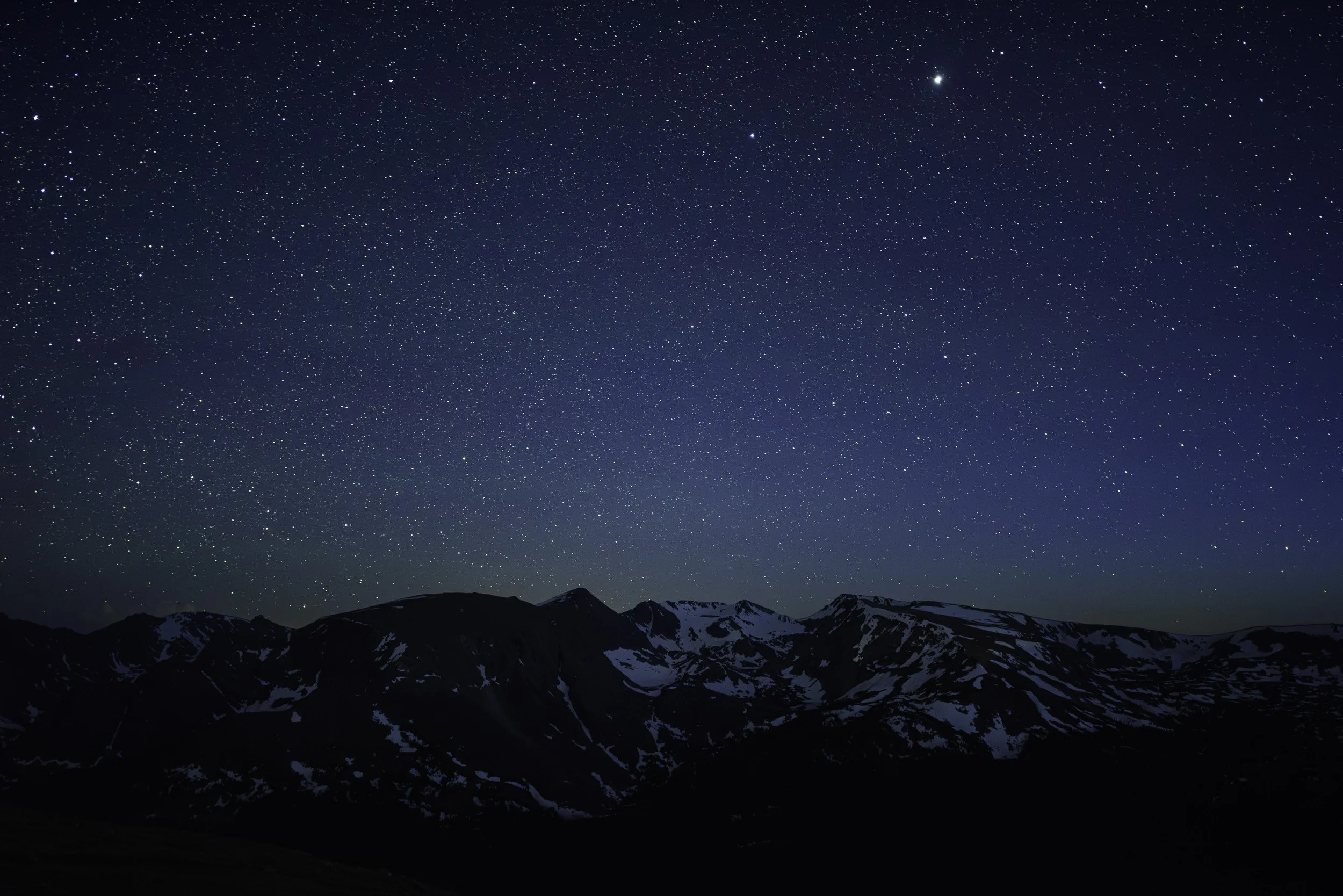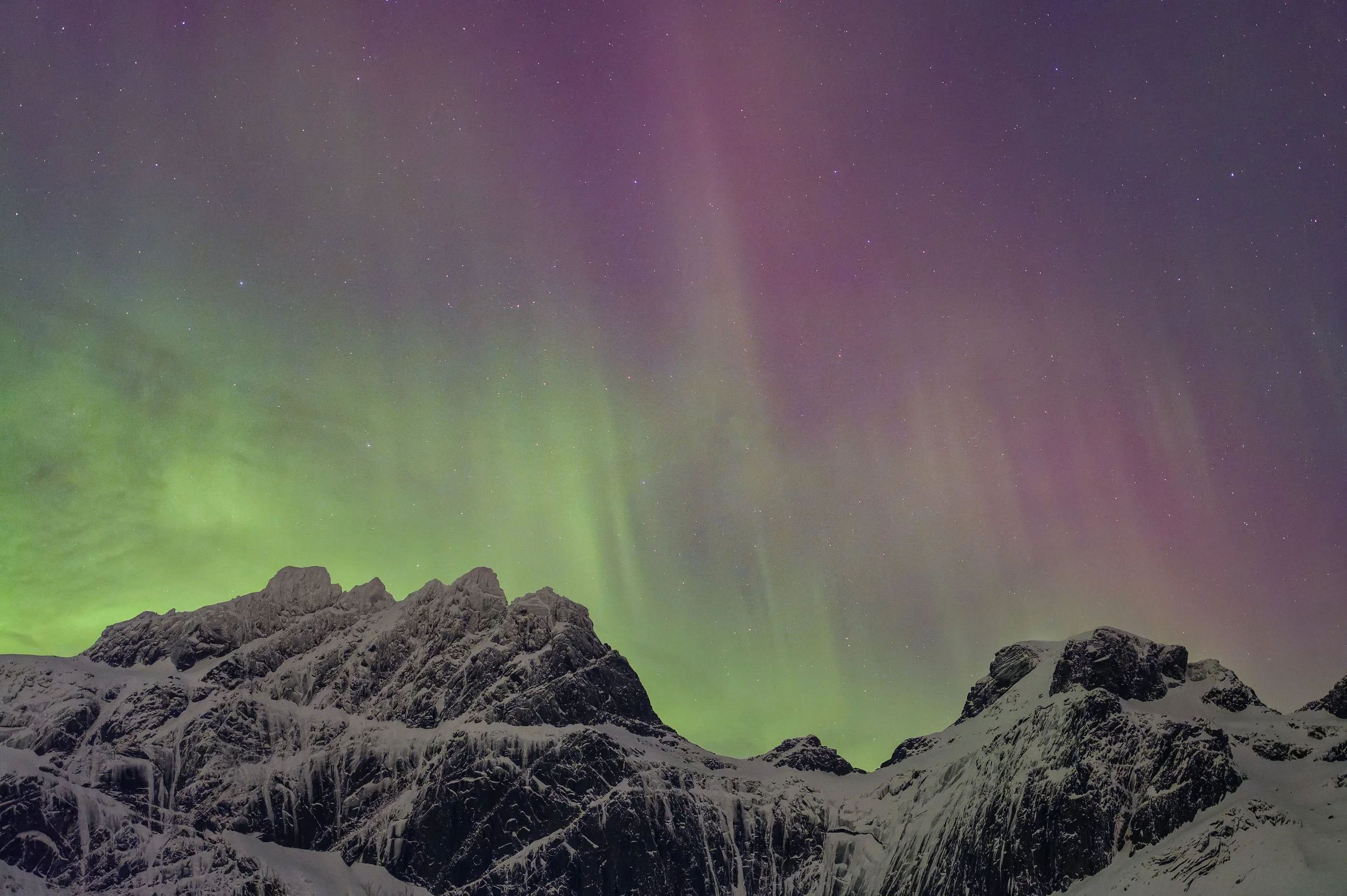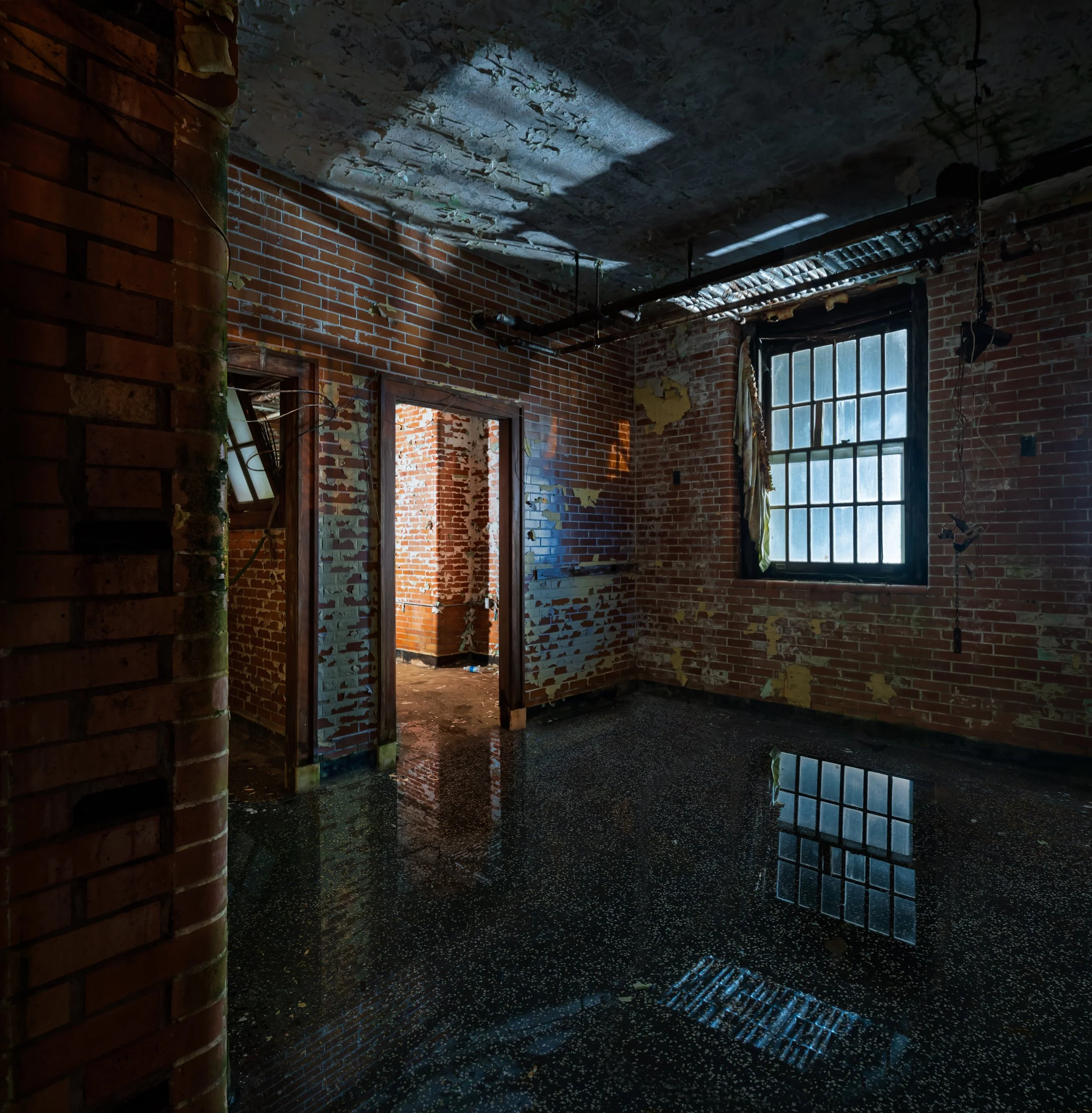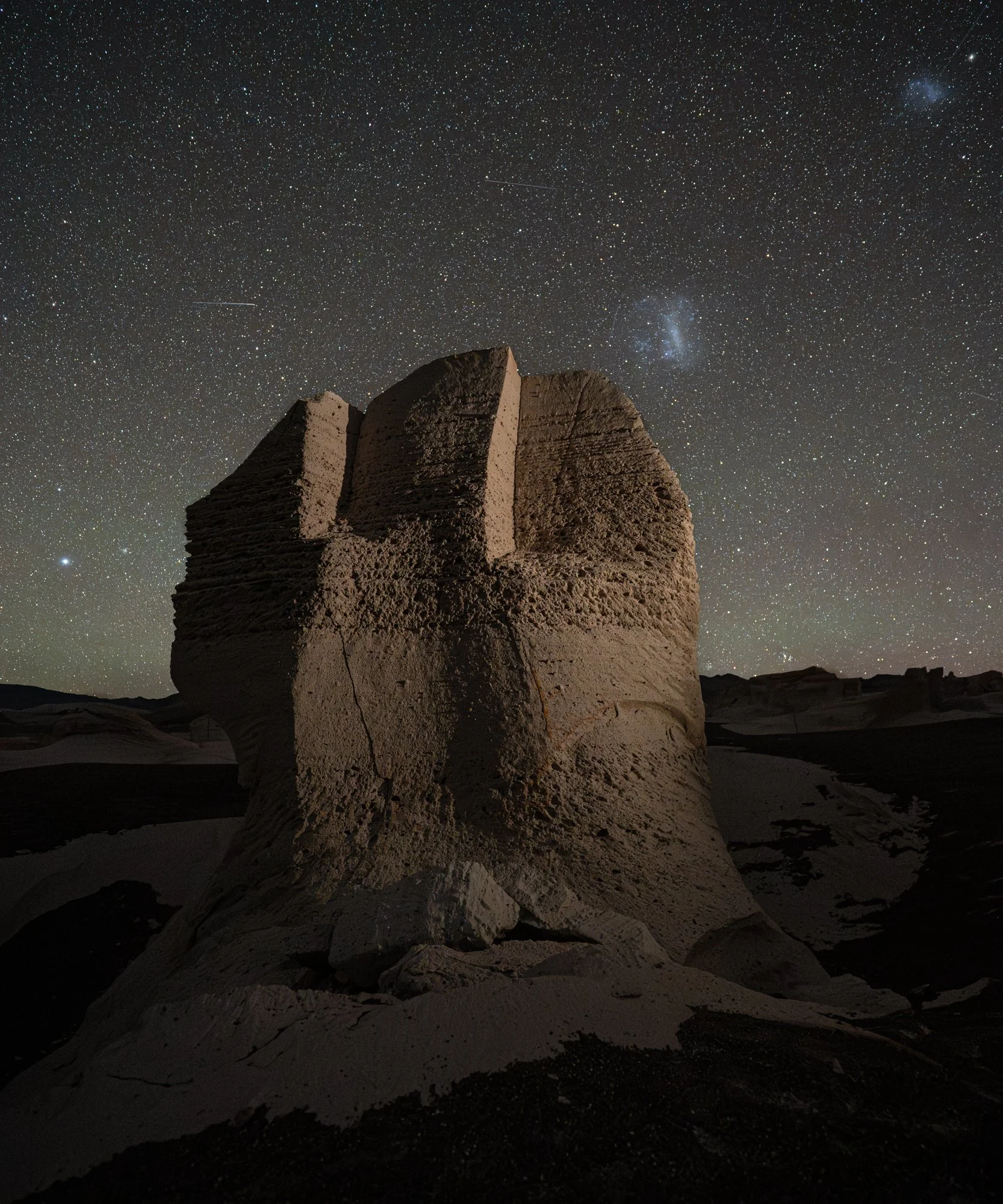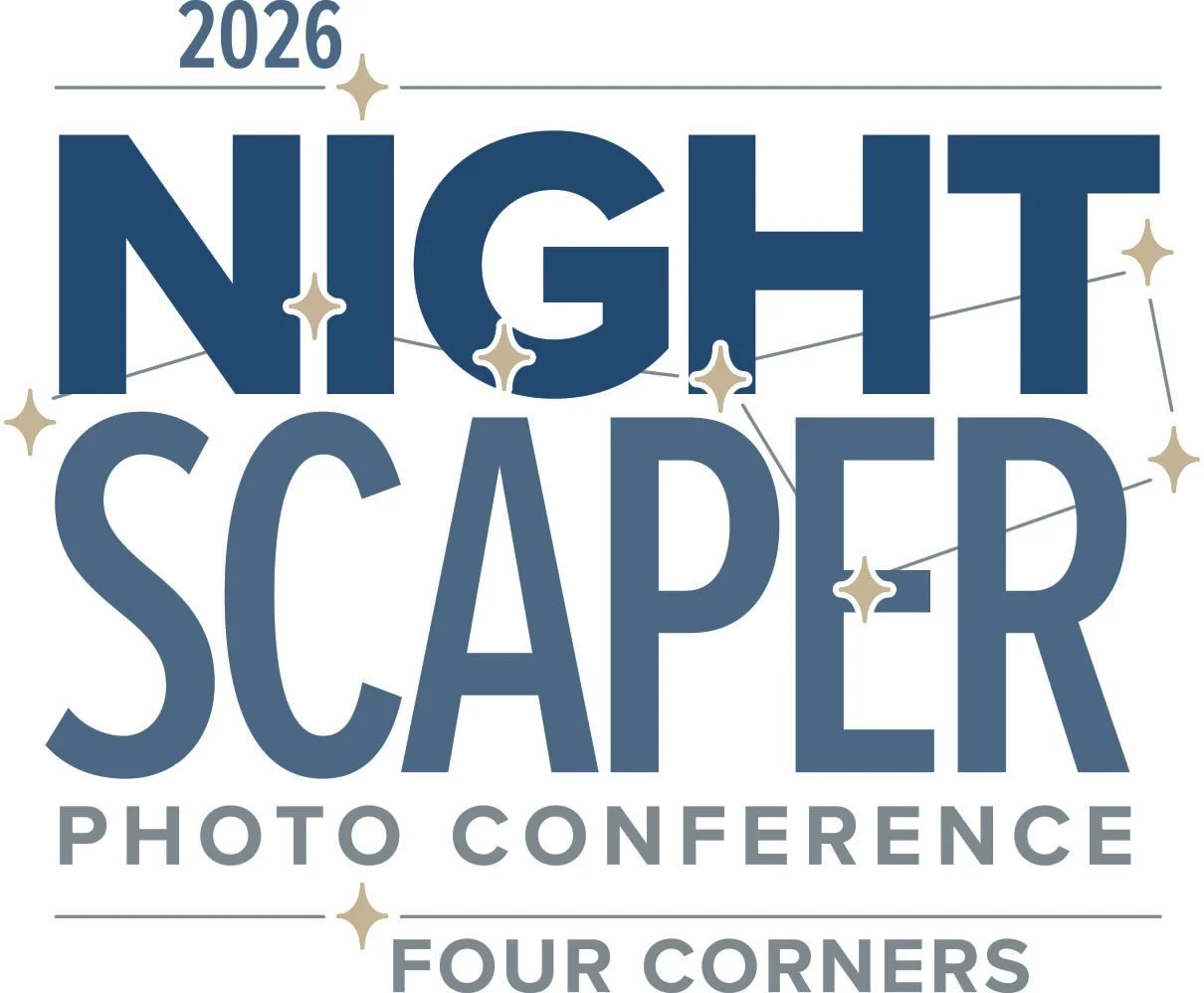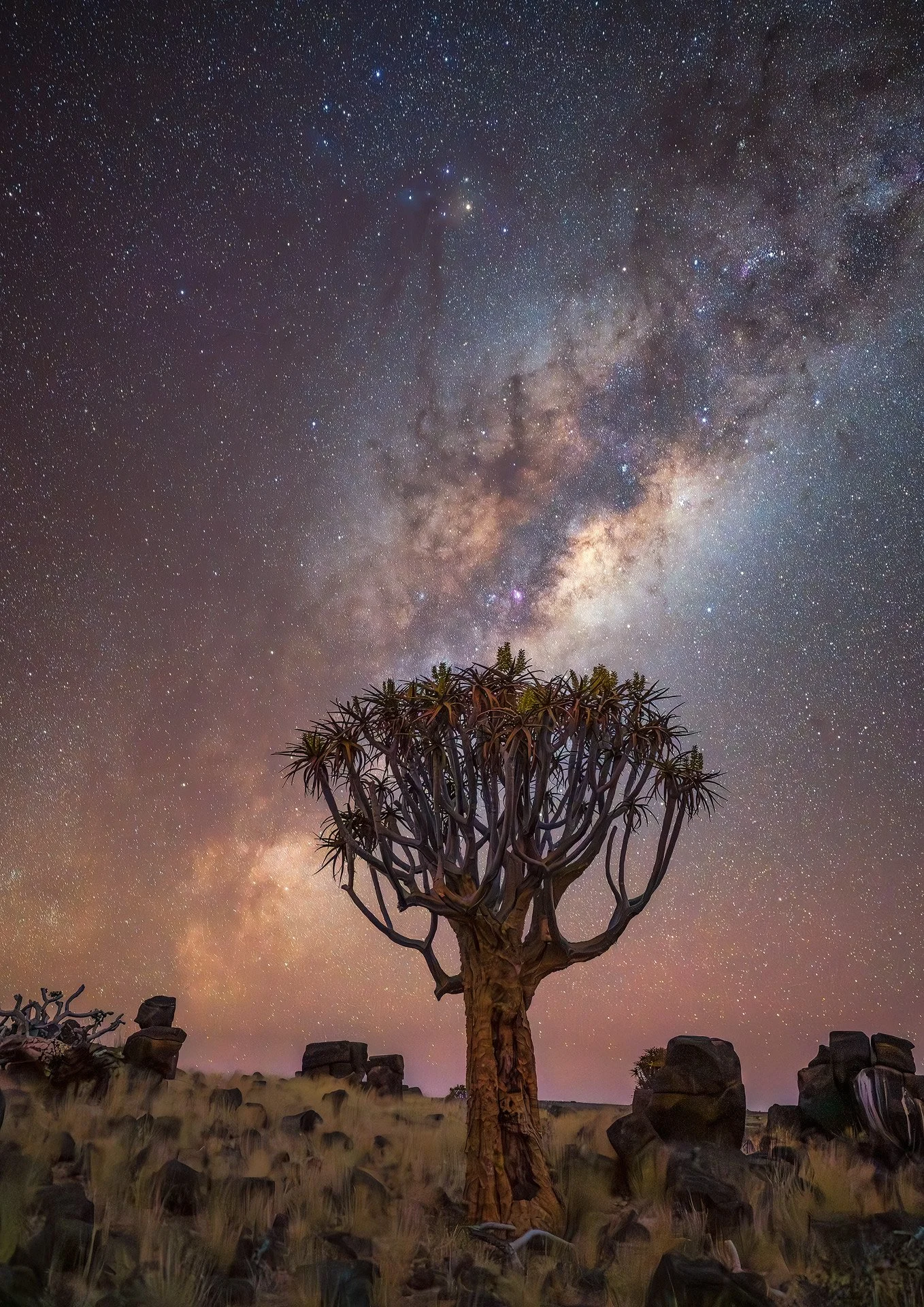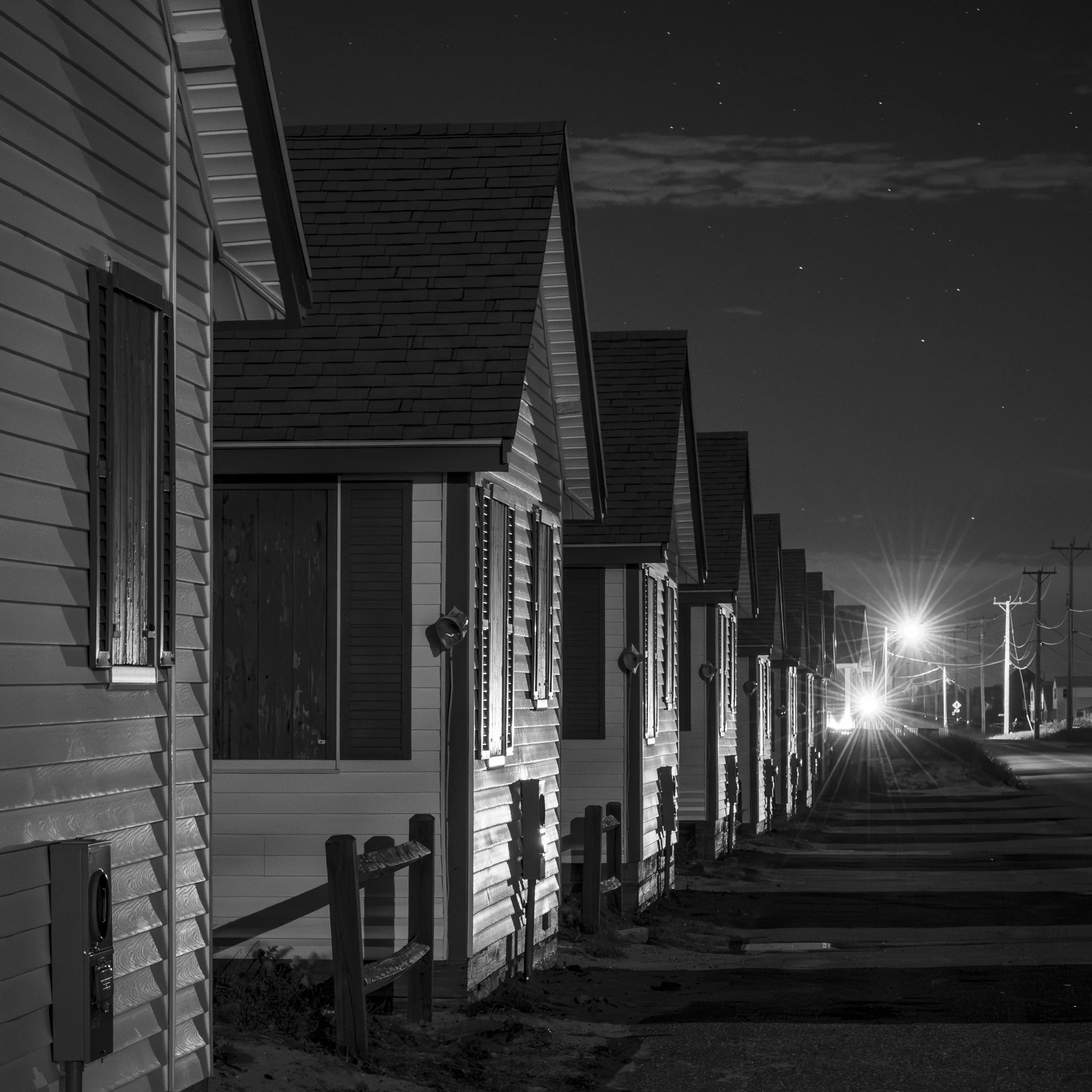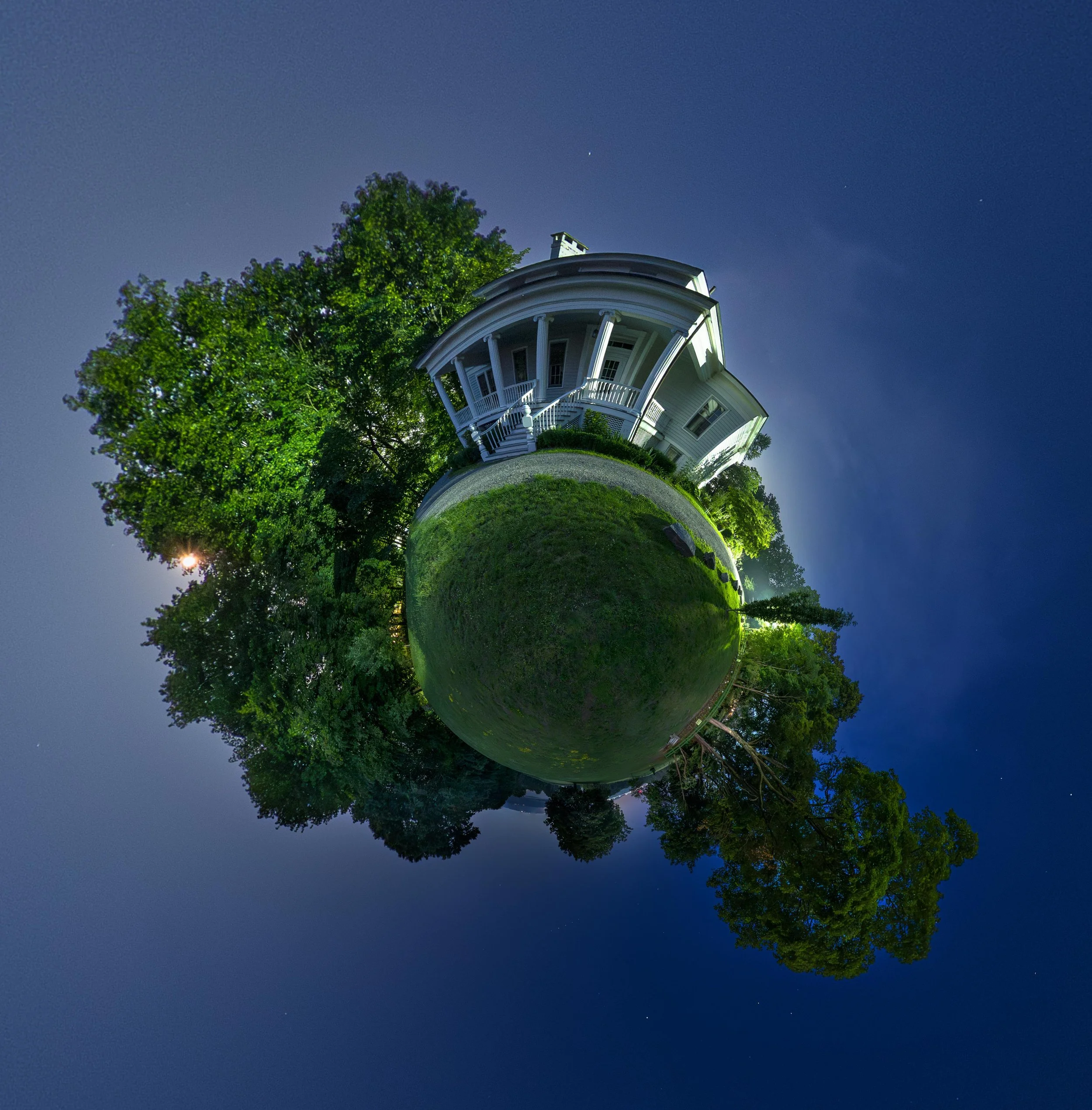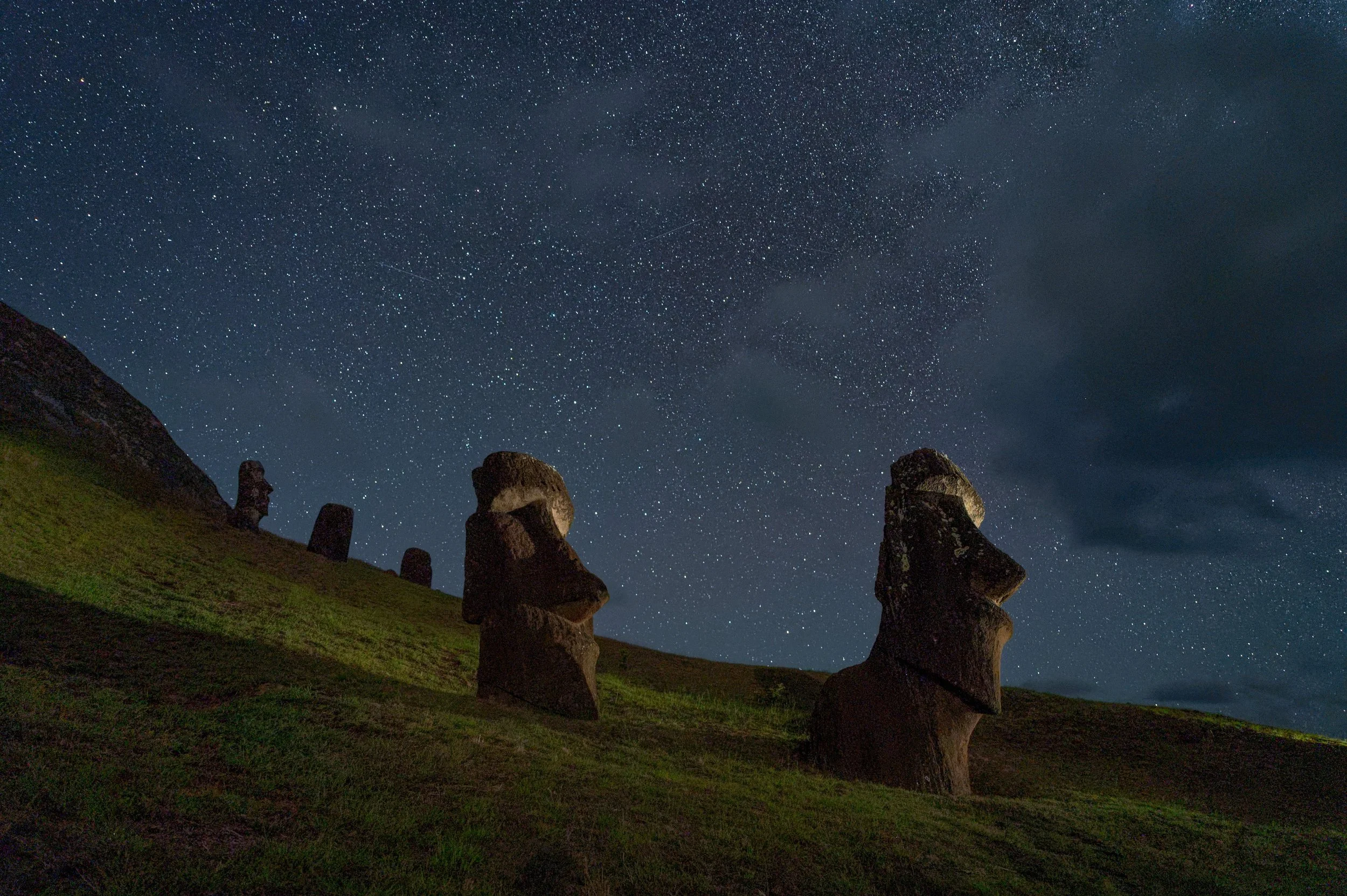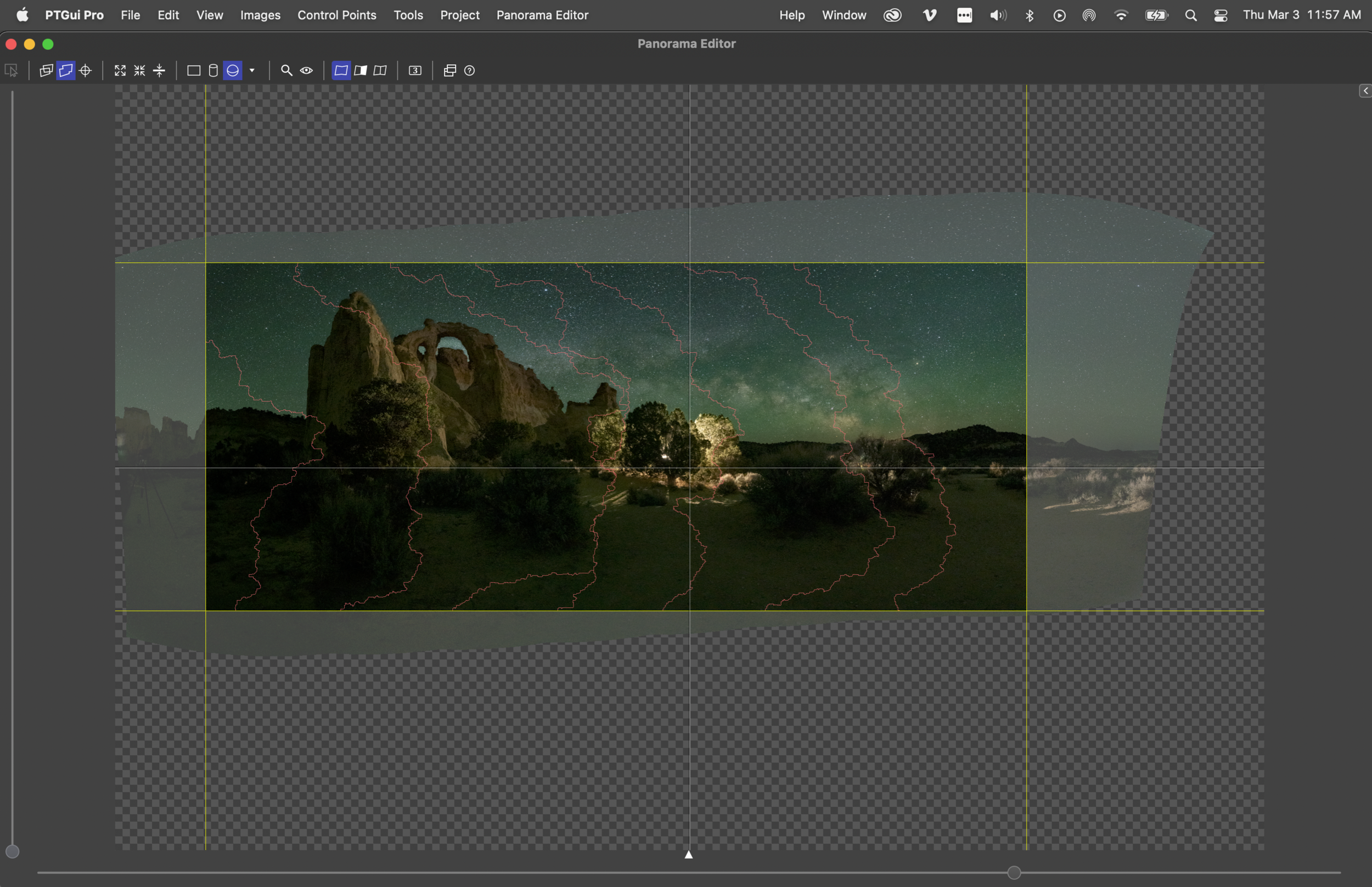One autumn night in 1995 I arrived home late. I was about to walk into the back door of the house when I casually looked up at the stars, and there it was: comet 73P/Schwassmann-Wachmann 3. Wow. It was as clear as anything else in the sky, beautifully floating amidst the stars. I’d never seen anything like it. Moreover, after Halley’s Comet had so disappointed me as a young teen in 1986, I’d really expected never to see any comet at all.
Sometimes the universe can seem so static. From one night to the next we look up and see what seems like the same stars, the same moon, the same unfathomable expanse of nothing that surrounds our pale blue dot.
Then something reminds us that the universe is always in motion, always in flux, always ready with a surprise. We get a lunar eclipse that seizes the interest of half the globe. Or a comet that no one had known existed sails in from the Kuiper belt and dazzles us for a glorious summer month. Or, in the case of this week, a brand new meteor shower rains stars into our night sky.
Comet NEOWISE over Jordan Pond, Acadia National Park. © 2020 Chris Nicholson. Nikon D5 with a Nikon 24-70mm f/2.8 lens. Six stitched frames shot at 15 seconds, f/2.8, ISO 6400.
What? Well, maybe. This Monday, May 30, we might see one of the most dazzling displays of meteors ever. Or not. Astronomers aren’t sure, and the only way to find out is to stay up and look up.
The meteoroids in question do exist. They’re left over from that 1995 flyby, and now Earth is maybe about to come upon them in space.
Maybe? Well, astronomers aren’t exactly sure how far the debris has traveled, but some credible projections put them right in Earth’s path. If those projections are accurate, and if we pass through the heart of the debris cloud, it could produce one of the densest clusters of shooting stars ever witnessed. The Tau Herculid Meteor Shower, as its come to be known, could be astronomically historic.
What does that mean in terms of the number of potential shooting stars? The meteorologist for The Washington Post says 1,000 per hour. Universe Today says as many as 1,400. (To put those numbers in perspective, consider that a really good year for the famous Perseid Meteor Shower yields about 100 per hour.)
Perseid Meteor Shower outburst over Badlands National Park. © 2021 Matt Hill.
But, again, the Tau Herculid number could be zero.
In fact, zero is the hunch of Tyler Nordgen, astronomer, Night Photo Summit speaker and author of the book Stars Above, Earth Below: A Guide to Astronomy in the National Parks. “If I were to bet, I’d say this upcoming meteor shower will turn out to be nothing,” Nordgren says. “I still remember spending a perfectly starry night out in Sleeping Bear Dunes National Lakeshore for the supposed Camelopardalids meteor ‘storm’ in May 2014 and not seeing a single meteor all night.”
Still, Nordgren says the potential for what could happen is probably worth a look. “It only has to actually happen once for you to see (or miss) the experience of a lifetime. So if it’s clear, I’ll go out. I’m not making a special trip to the desert Southwest, but I’ll hang out in my backyard and see what I can see. What’s the worst that can happen?”
Shooting the Potential Shower
This all brings us to what to do as photographers. I say get the camera ready and get outside.
If you choose that option, Nordgren has some advice: “Use a wide-angle lens to capture a lot of sky. Point upward with something on the horizon in the field of view to give a sense of scale, and just let the camera expose for 10, 20, 40, 90 seconds or more. See what you capture. It takes only one photo to make a night to remember.”
For even more to strategize such a shoot, see our blog post “How to Photograph a Meteor Shower.” Better yet, read our e-book Great Balls of Fire: A Guide to Photographing Meteor Showers.
Boötes the Herdsman
For this particular meteor shower, the radiant will be near the Boötes the Herdsman constellation, which is around the bright orange star Arcturus and not far from the handle of the Big Dipper. To find it, use an app such as Sky Map (Android), Sky Guide (iOS) or Stellarium (ambivalent). Alternatively, use PhotoPills—they just added the Tau Herculids to their meteor shower data, so you can do a full scout like with pretty much any other celestial event. Include the radiant in your composition to get the best chance of capturing a meteor, or to capture a series of exposures for creating a “meteor radiant” image.
The Western Hemisphere (and a small part of West Africa) will be the best place to view the shower (weather-permitting), unless you’re in a midnight-sun or simmer-dim kind of area. Be outside and look up around 1 a.m. EDT, or 10 p.m. PDT.
Again, this event might not be an event at all. If you’re undecided whether to try to witness or photograph the potential shower, here are some pros and cons:
Pros
If the meteors do show, they could produce a once-in-many-lifetimes experience.
We’re in a new moon, so lunar conditions are optimal to see any stars that may fall.
Cons
Though the number of meteors could be high, most are likely to be dim. (Visible and photographable, but not bright like the Perseids.)
The radiant is high—halfway up from the horizon on the east coast, and nearly overhead on the west. This makes including the landscape in compositions more challenging. (But not impossible.)
More Information
For more about the Tau Herculids, see these great articles:
“Will the Tau Herculid meteors produce a storm?” (EarthSky)
“Possible Meteor Outburst on May 30/31?” (American Meteor Society)
“Shattered comet could produce dazzling meteor shower: How to watch the Tau Herculids” (LiveScience)
“A meteor shower outburst from a shattered comet may spawn new Tau Herculids display on May 30” (Space)
“May 31st Could Be the Most Powerful Meteor Storm in Generations, or Nothing at All” (Universe Today)
Show Us What You Get
Will you wish upon some falling stars? If you’re feeling lucky or adventurous and you go out to shoot, we’d love to see your photos. Please share them in the comments section or on our Facebook page, or tag us (@nationalparksatnight) on Instagram.


